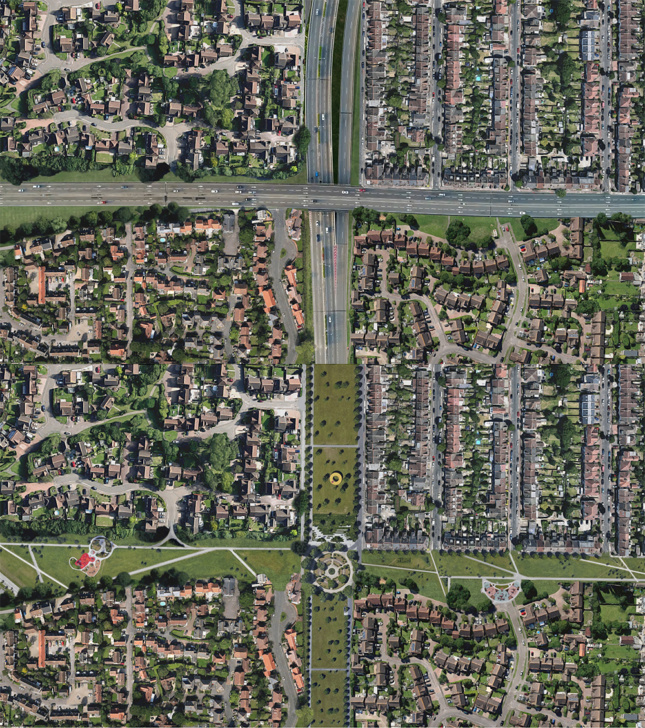A partnership between the state-owned Research Institutes of Sweden (RISE), the London-based architecture and technology firm PLP Labs (the research spinoff of PLP Architecture), and LogistikCentrum have released a new study and report proposing a new direction for public transit. Called NuMo, for New Urban Mobility, the proposed technology allows for highly efficient, electric-powered home-to-destination transit either over existing infrastructure or on new construction.
The report claims that most cities rely on a less efficient 19th-century model of public transit, where trains and buses come at times at long intervals or unpredictably and can be either virtually empty or totally packed and uncomfortable.

With NuMo, autonomous electric cars would be booked through an app and come directly to your current location. From there they would take off, eventually joining other NuMo cars with passengers or cargo in a “high-speed platoon.” The electric cars could then pull off at any point to pick up more passengers for carpooling, or to bring passengers directly to their destination.
One of the central inefficiencies with traditional human-operated automobiles is that they have to be spaced fairly far apart from one another when moving and be given enough horizontal space to account for the inaccuracies and shifts from people operating them. Automated cars in a NuMo platoon would be able to “move within milliseconds of one another,” staying close together, reportedly reducing lane width by over three feet, fitting two cars into a single lane.
In a NuMo-designed city, there would be a central control system with automated intersection control and load balancing, as well as vehicle-to-vehicle communication, and the ability prevent stopping and congestion, potentially ending traffic jams and accidents. Within the cities, cars would travel between approximately 20 to 40 miles per hour and outside they could reach speeds of 50 miles per hour.

These NuMo cars and platoons could travel on existing infrastructure in specialized lanes, including in currently underused bus lanes or roads. The cars could also accompany the development of new roads over land or underwater, becoming a transit solution and network that, much like earlier subways and bus routes, could reshape how disparate parts of the city relate to one another. Such consolidation and optimization could help return streets to pedestrians and cyclists and, the researchers claim, could result in much greater capacity than current transit options.
Open to all autonomous vehicles, NuMo is a protocol designed to be introduced to cities gradually. The researchers developed models for Stockholm and Gothenburg, Sweden, while also considering larger cities like London and New York. They claim that four-person cars set to travel only one second from one another would be twice the capacity of 120 passenger buses running a minute apart, quadrupling transport capacity and reducing travel time by a third while having no extra cost over building comparable traditional transit infrastructure. NuMo’s combination of autonomous electric vehicles, infrastructure overhauls, and efficient sustainable design is, according to Lars Hesselgren, director of research at PLP Architecture, “the next best thing to teleportation.”
